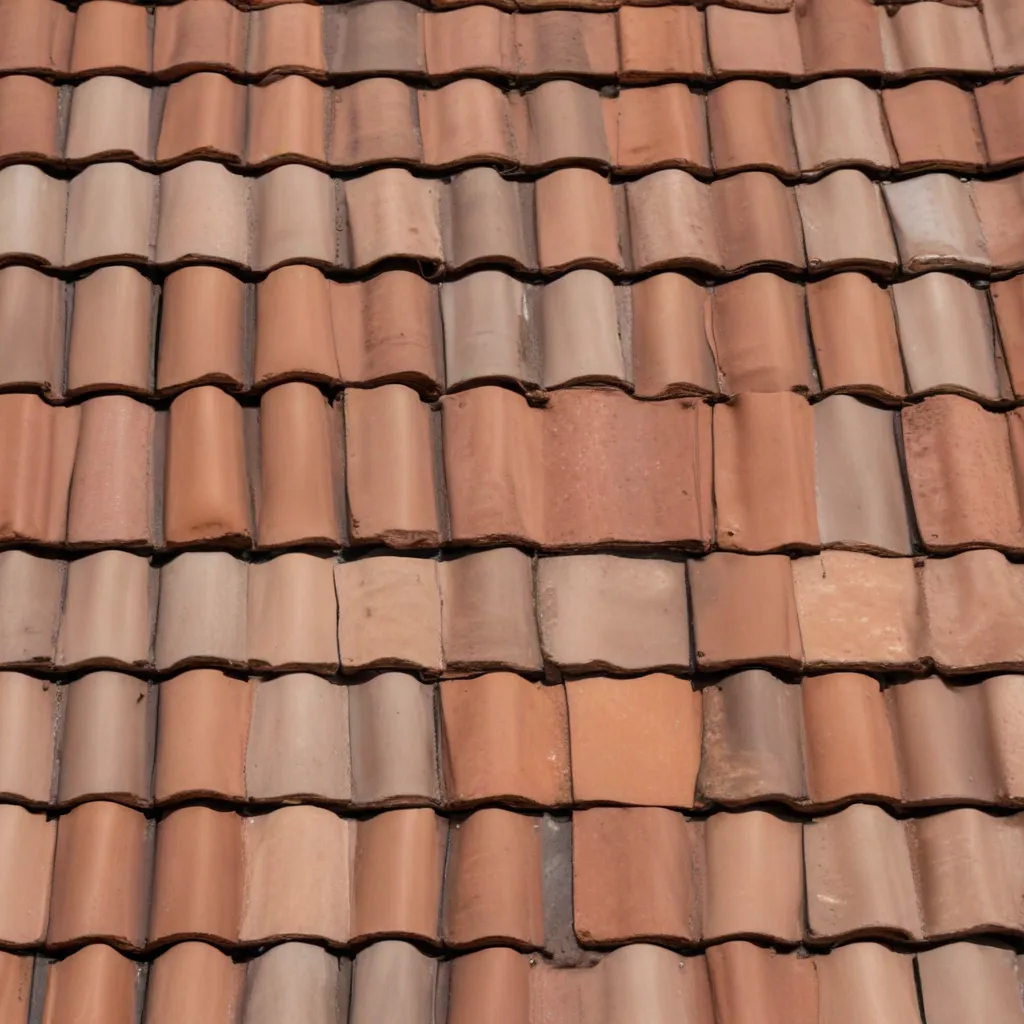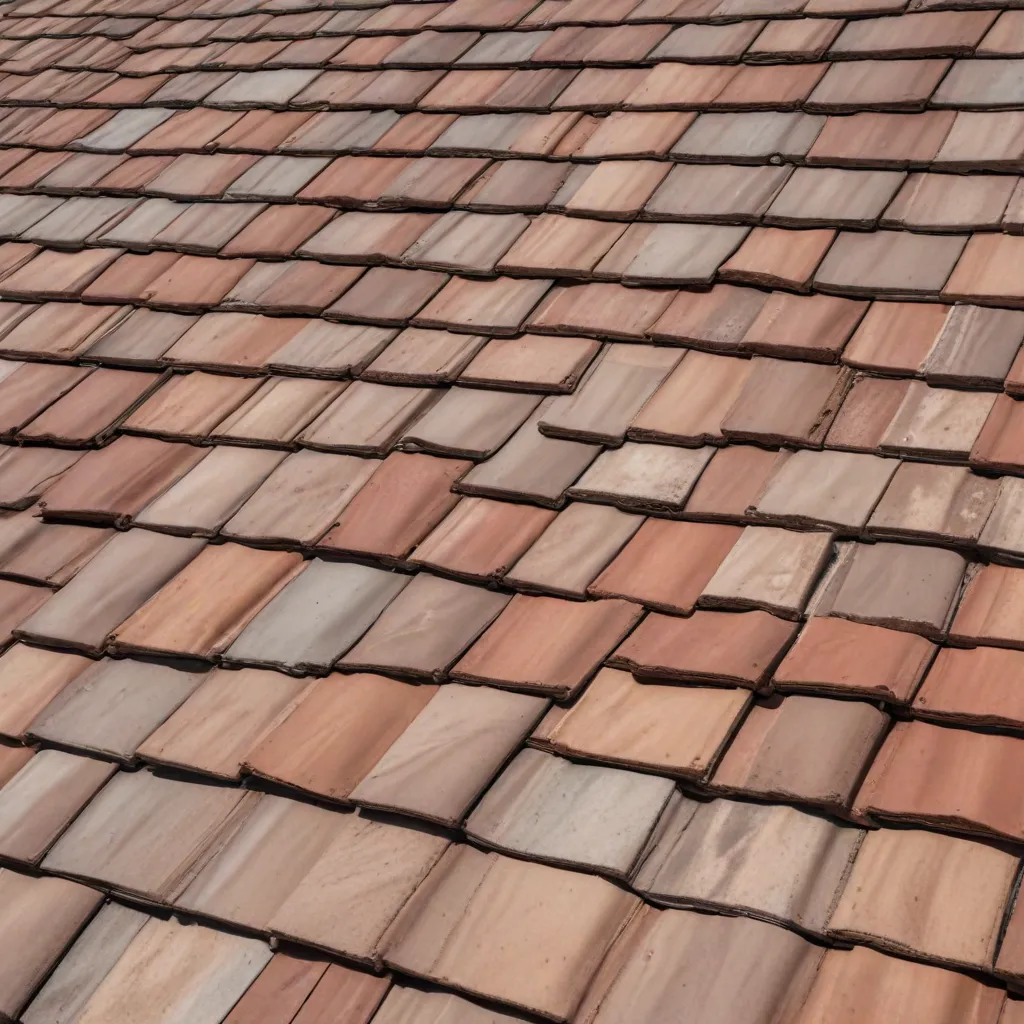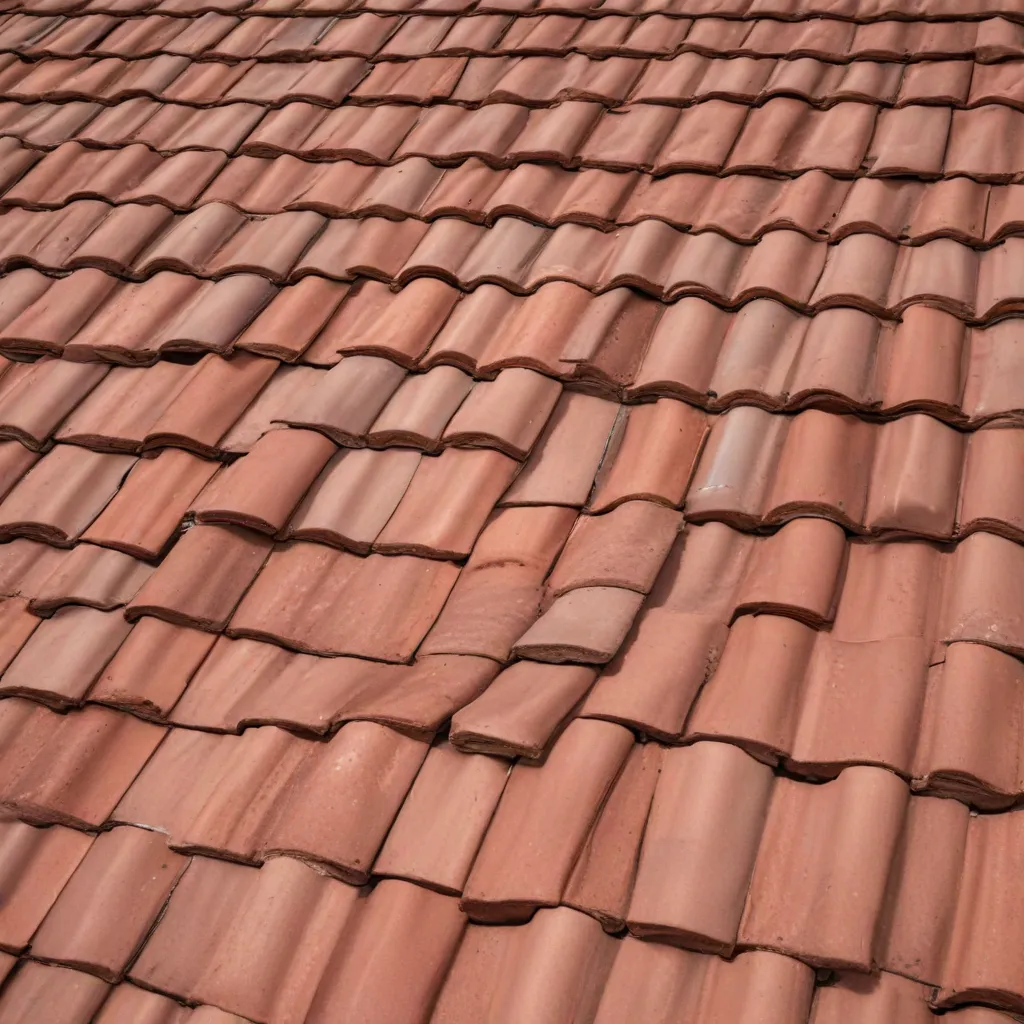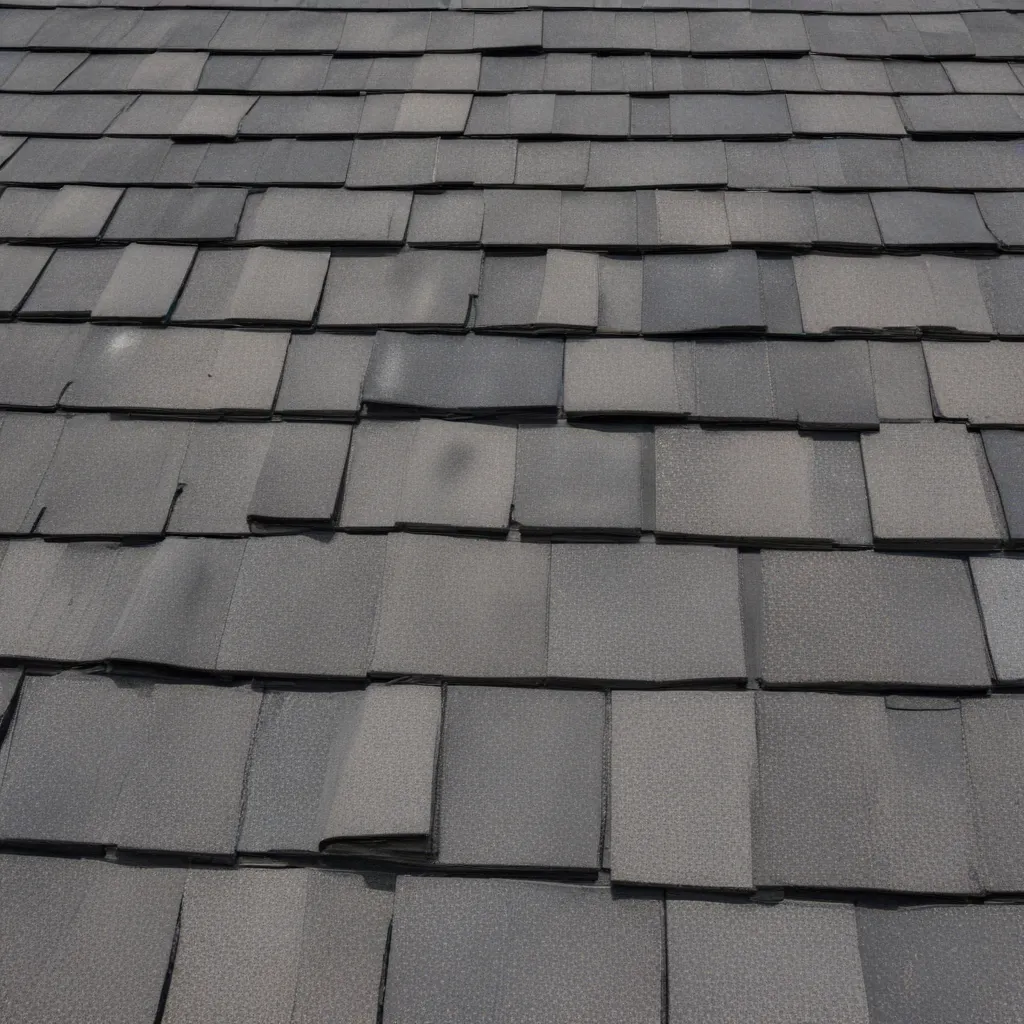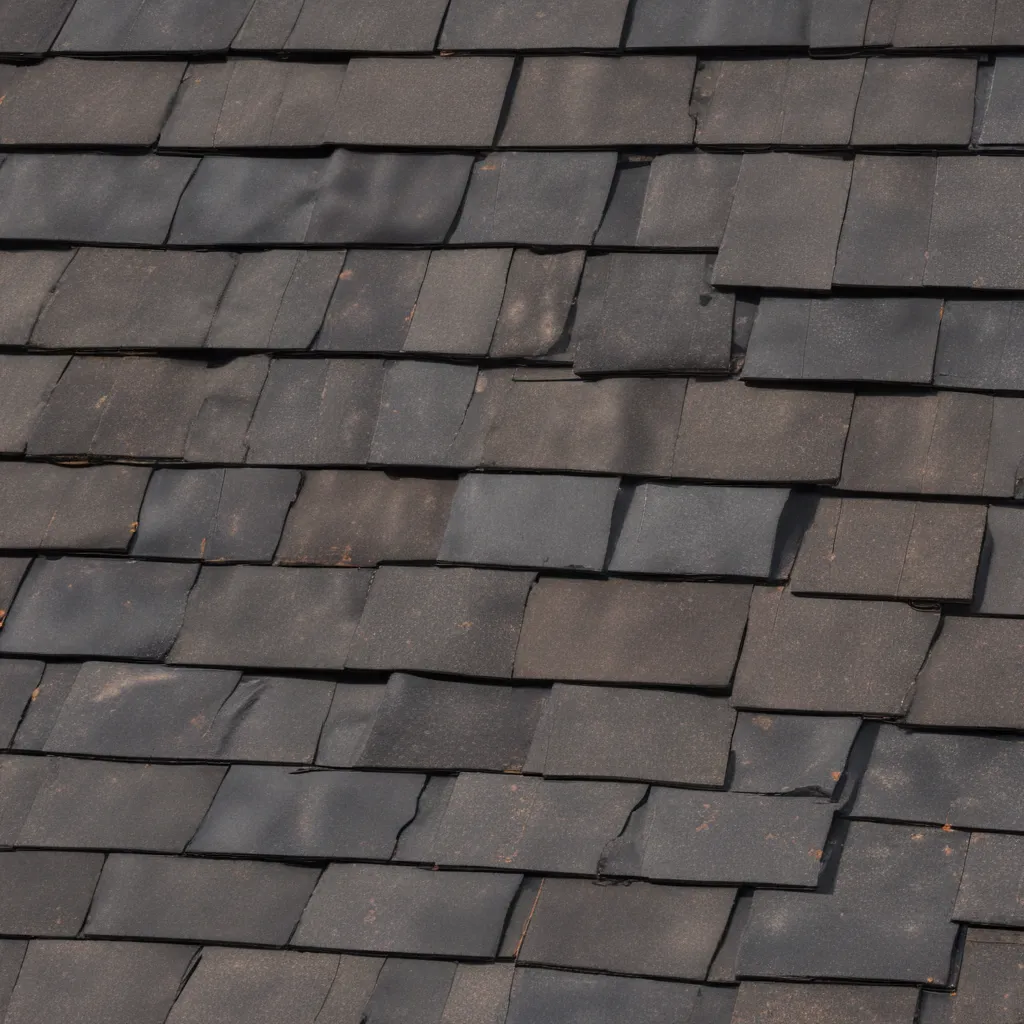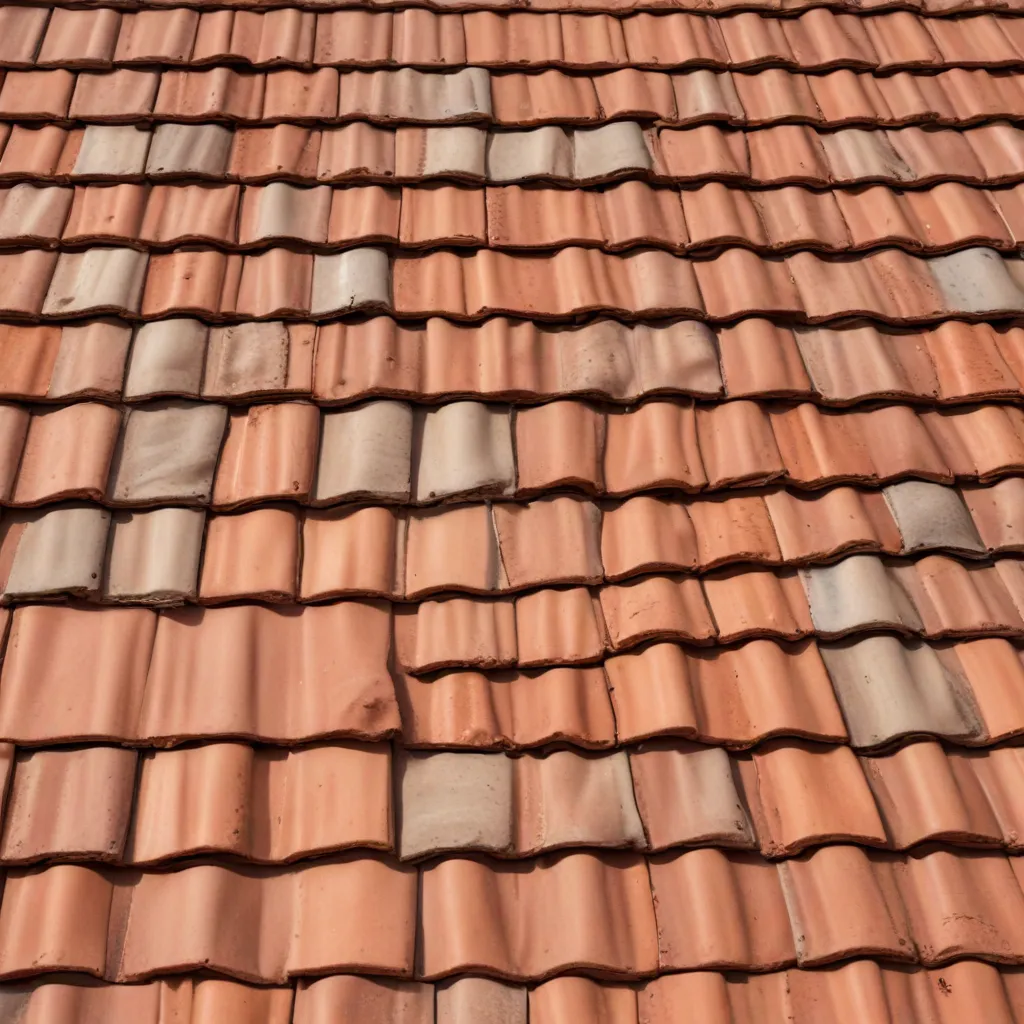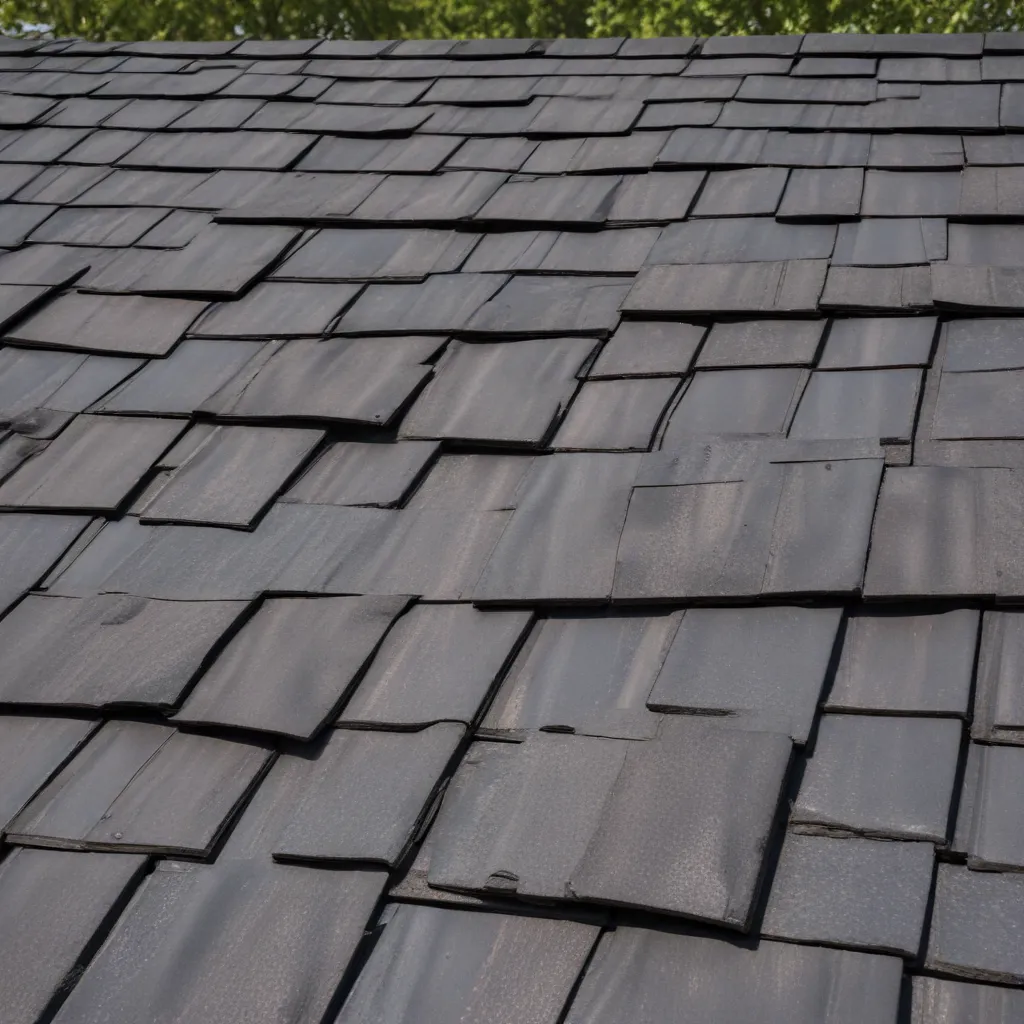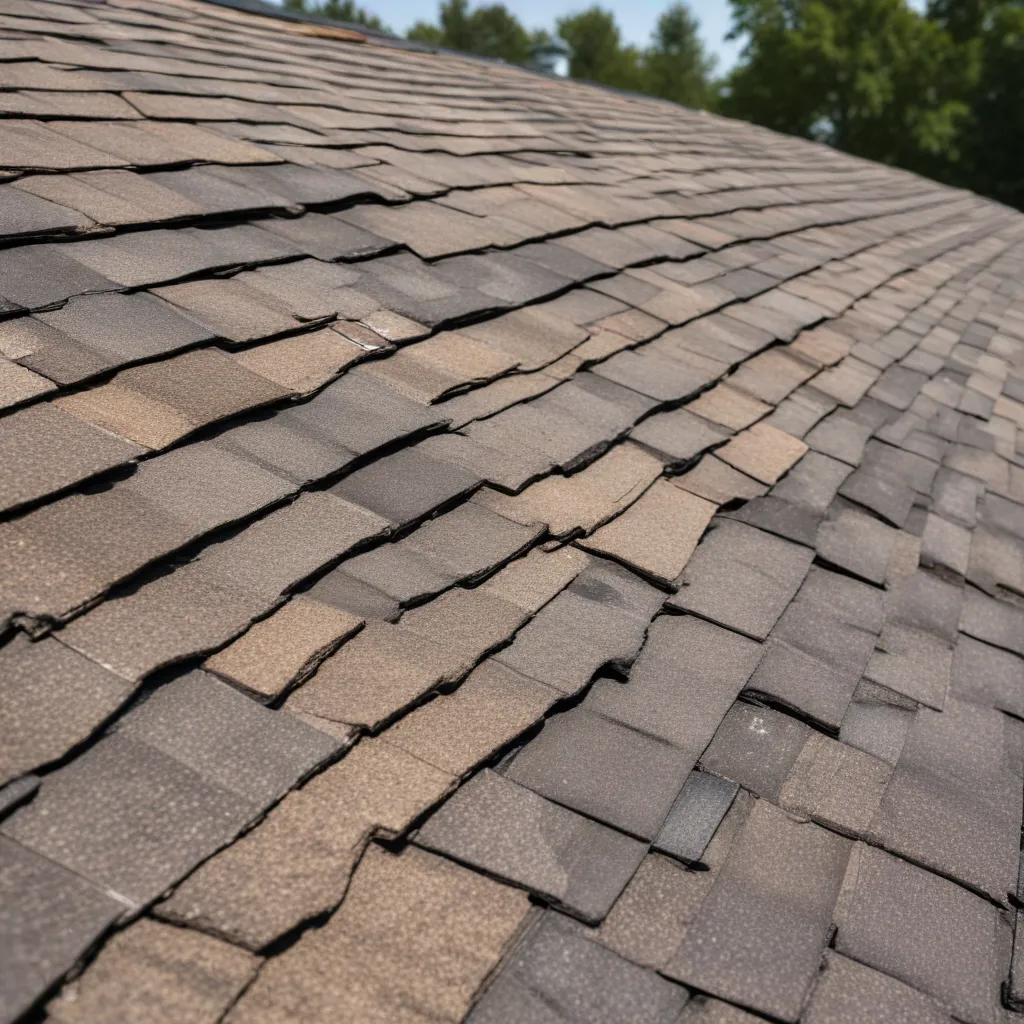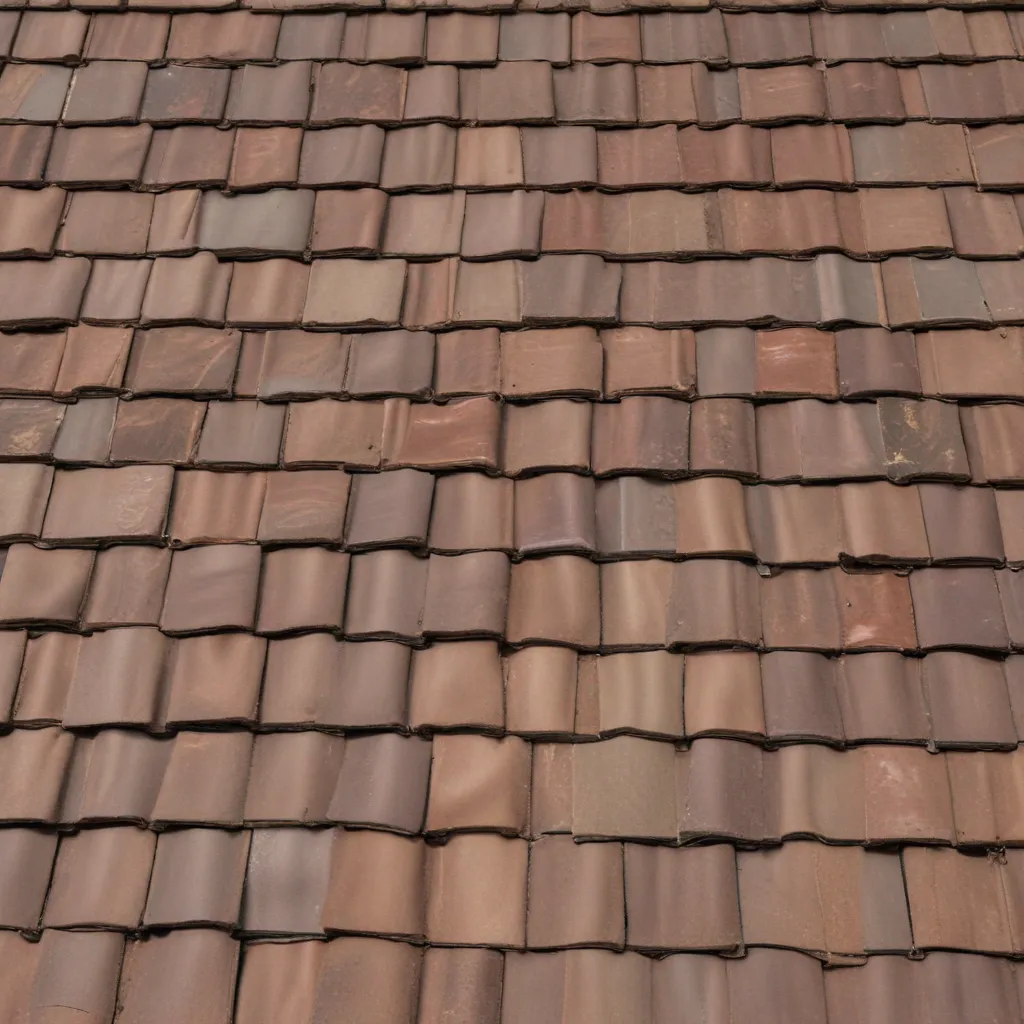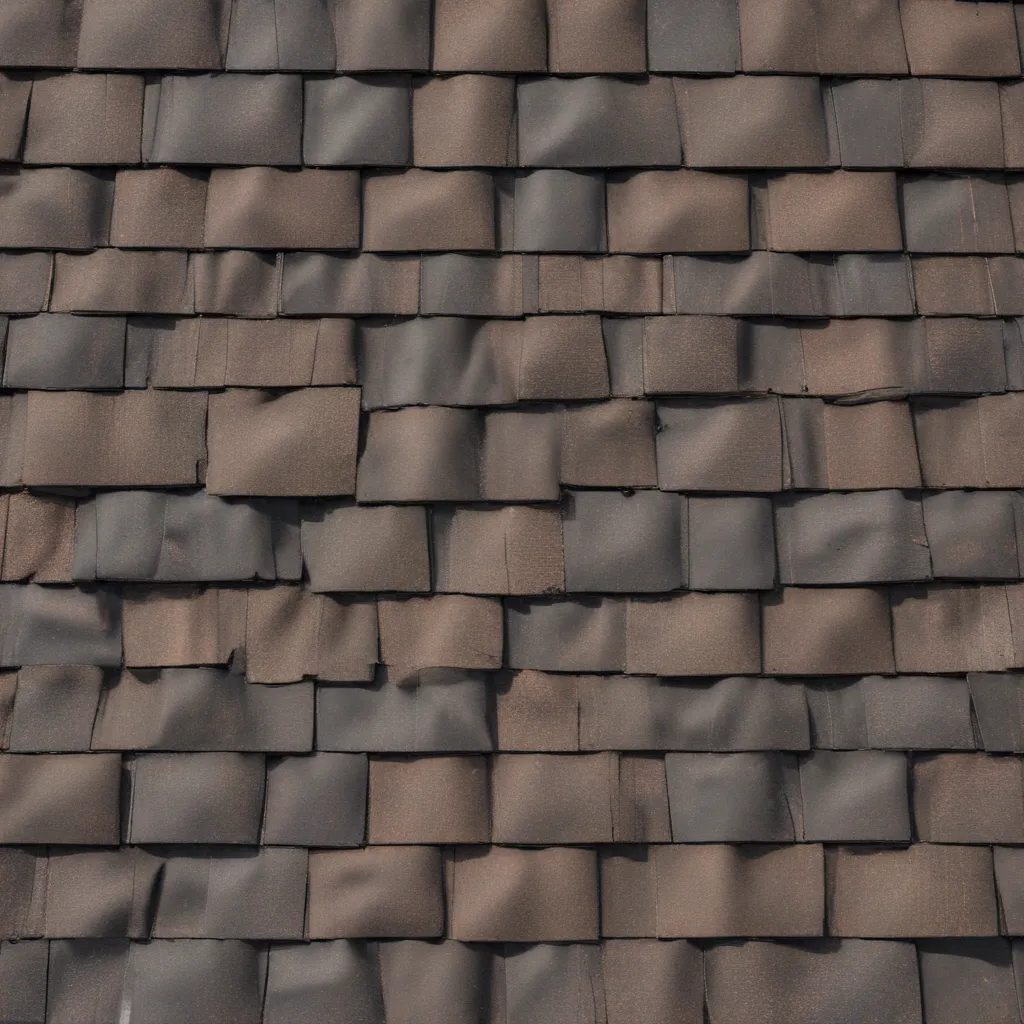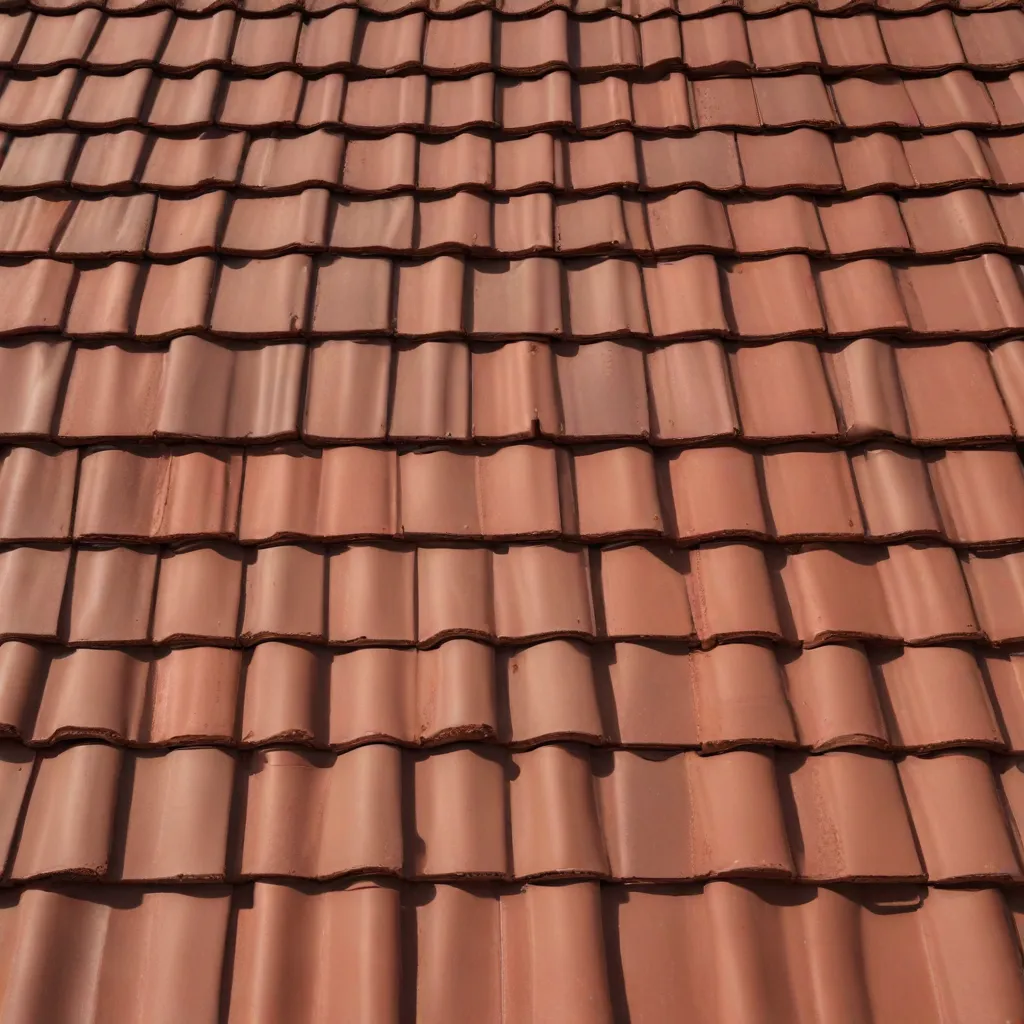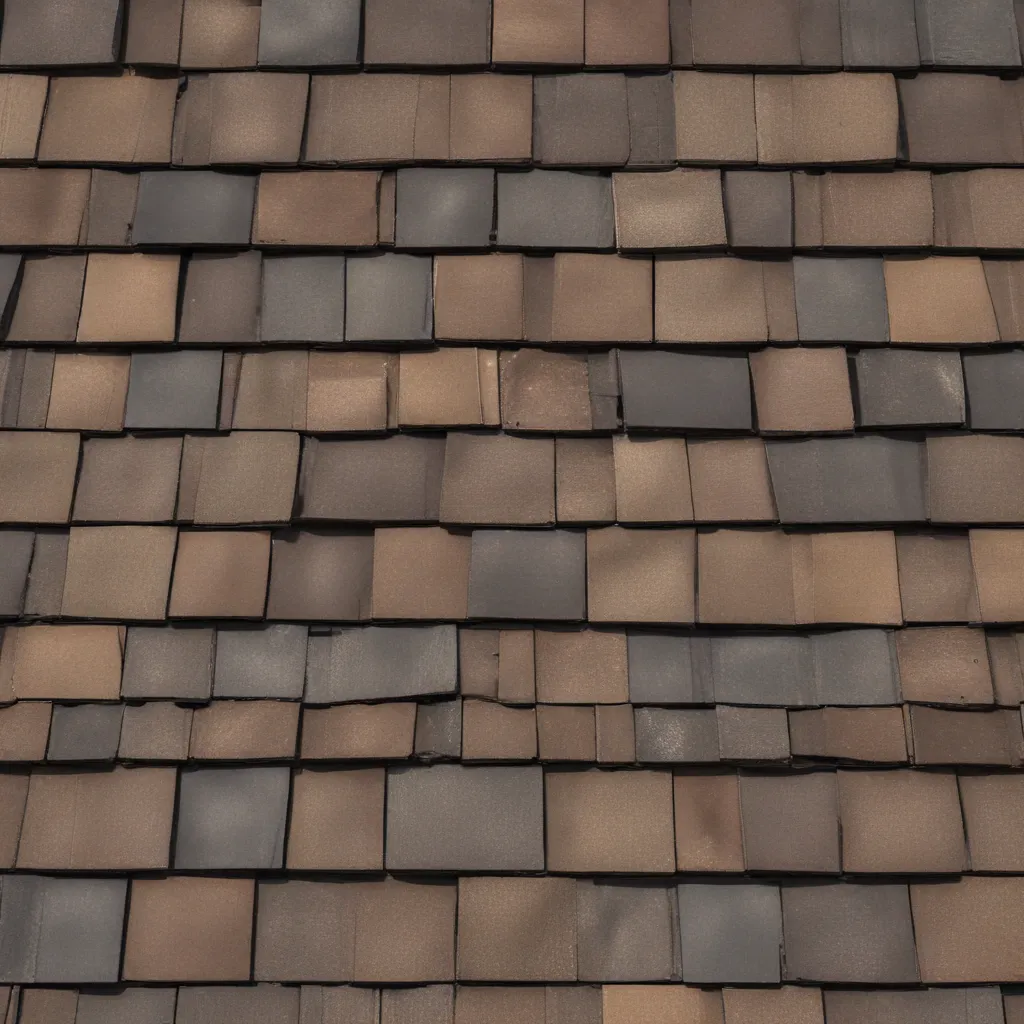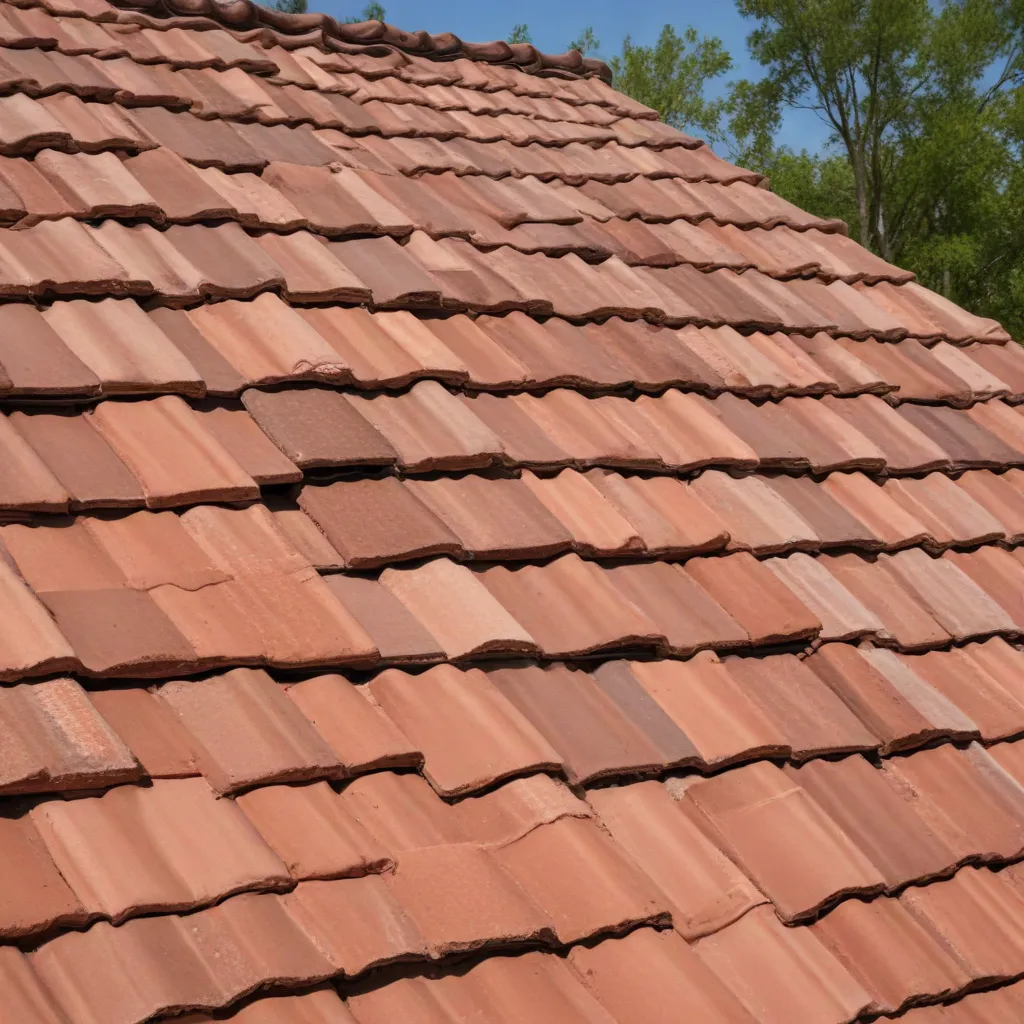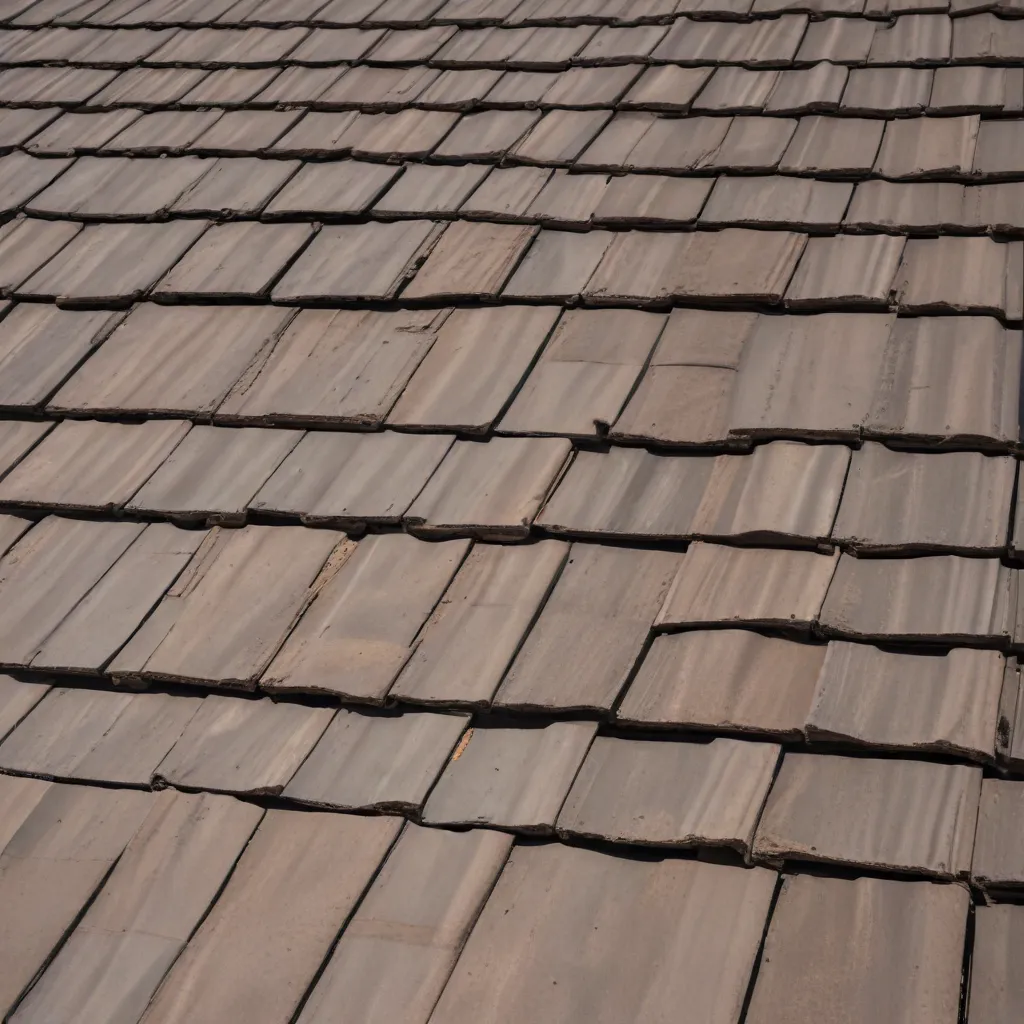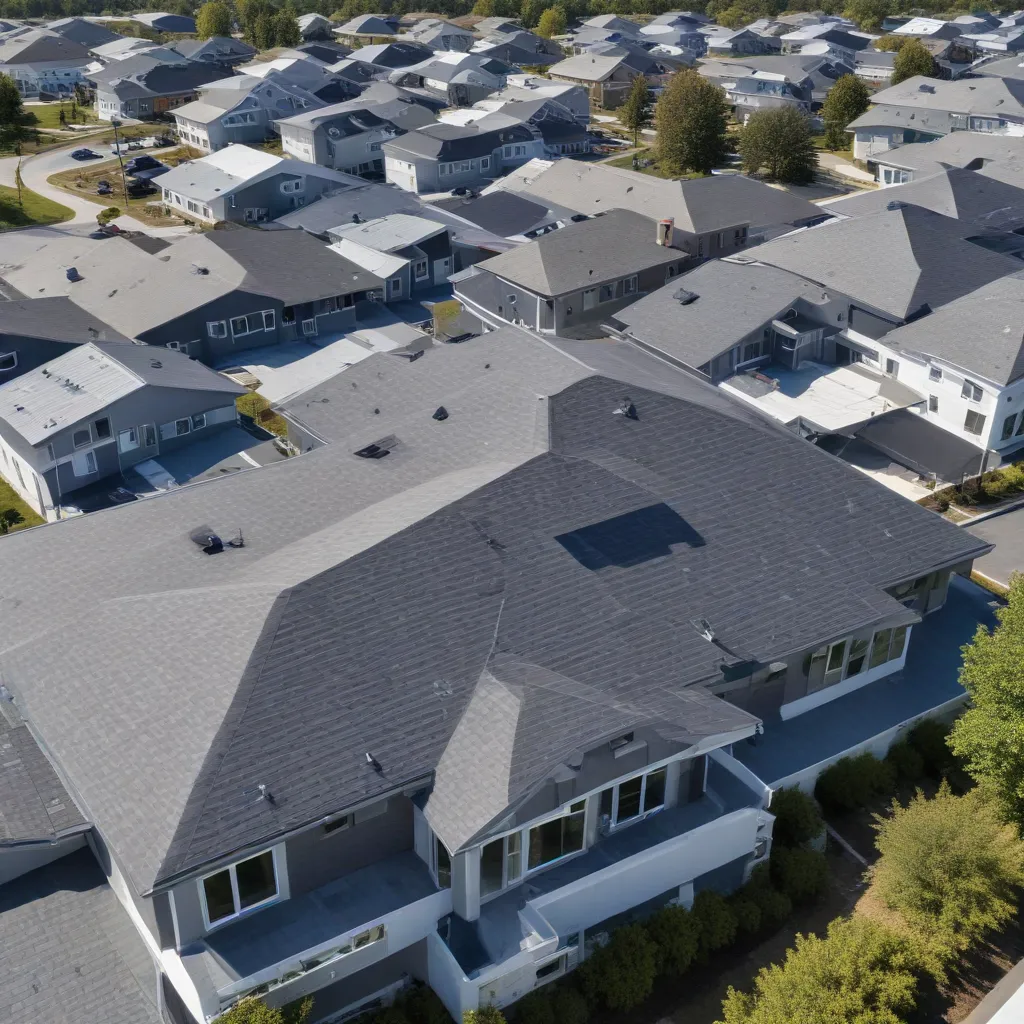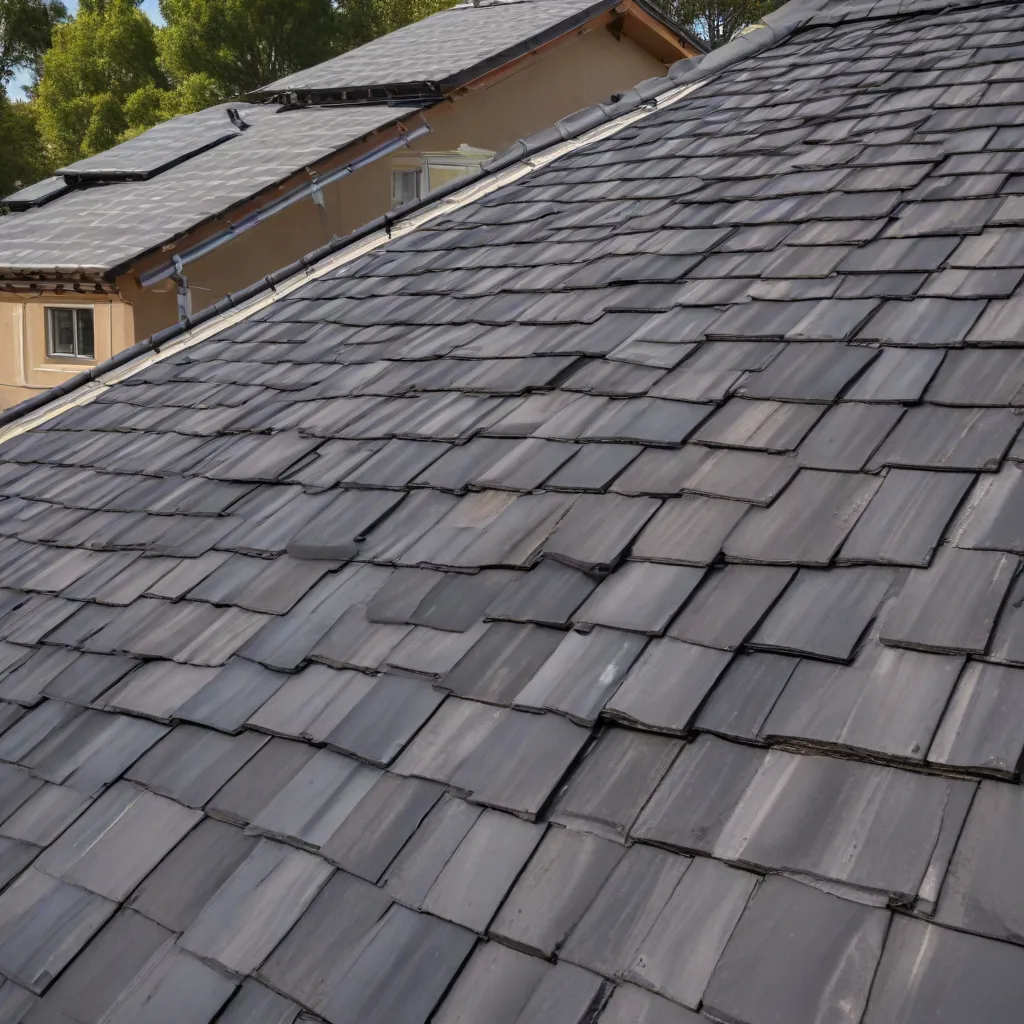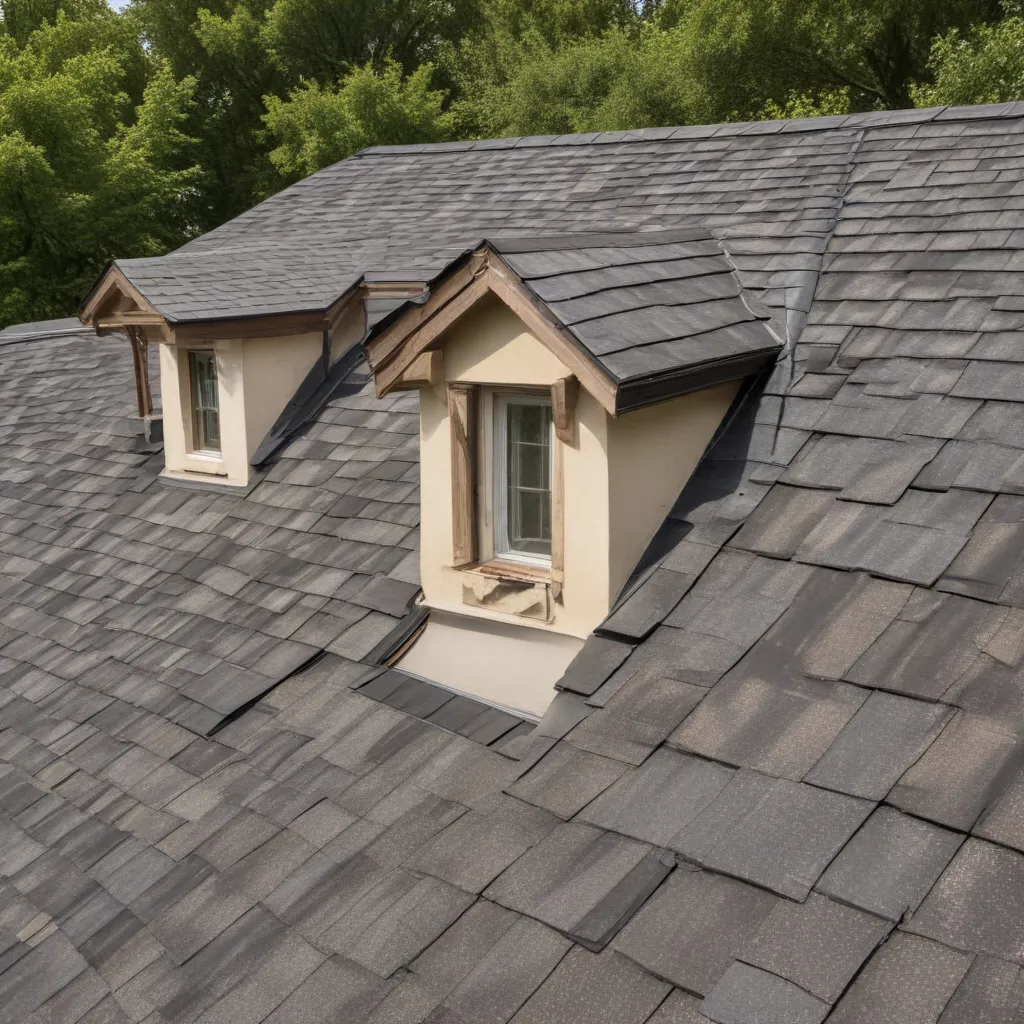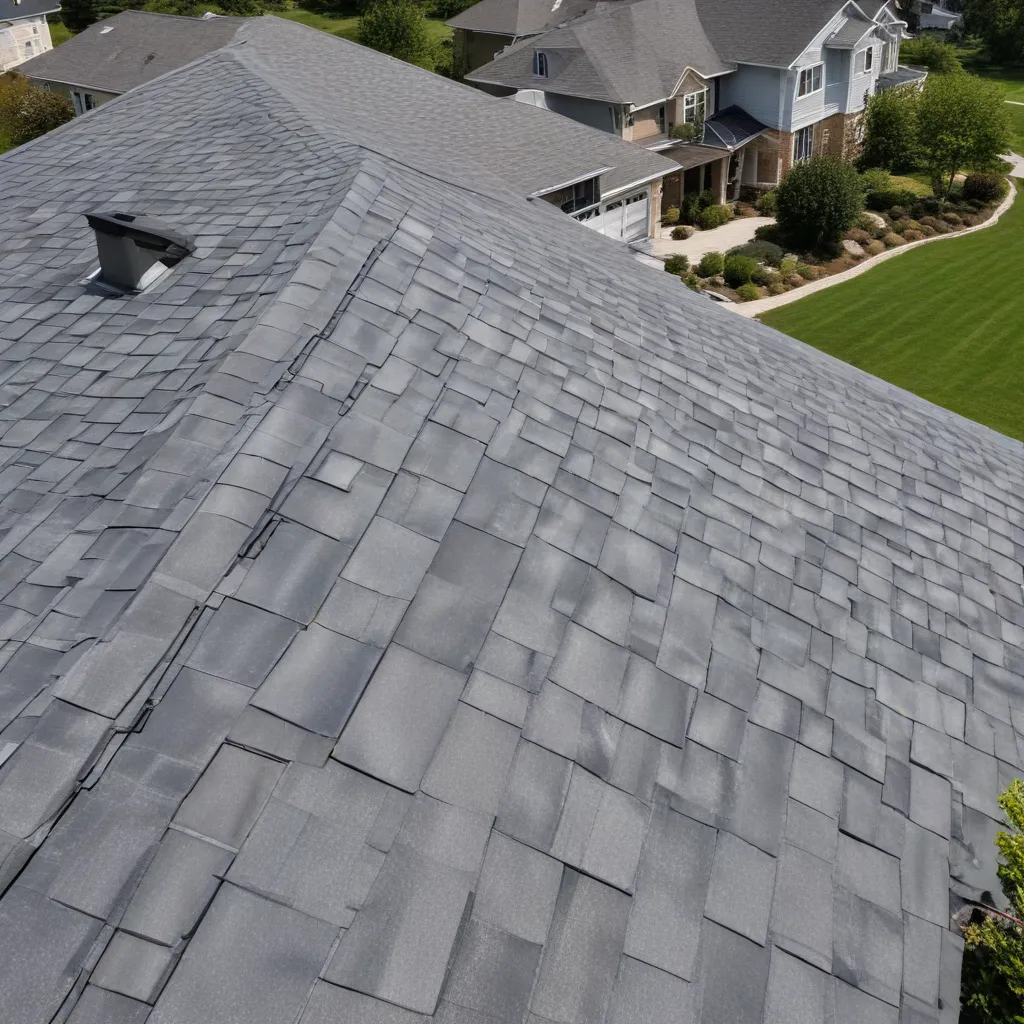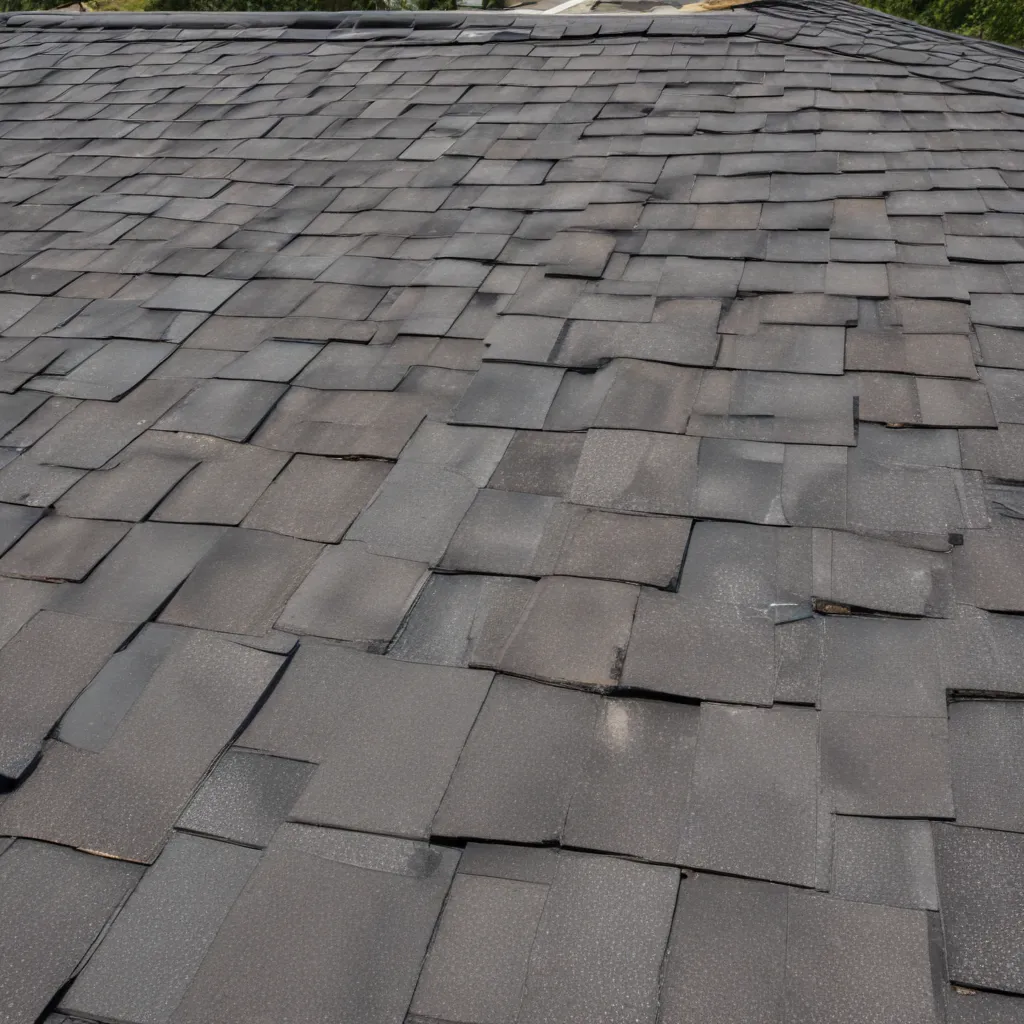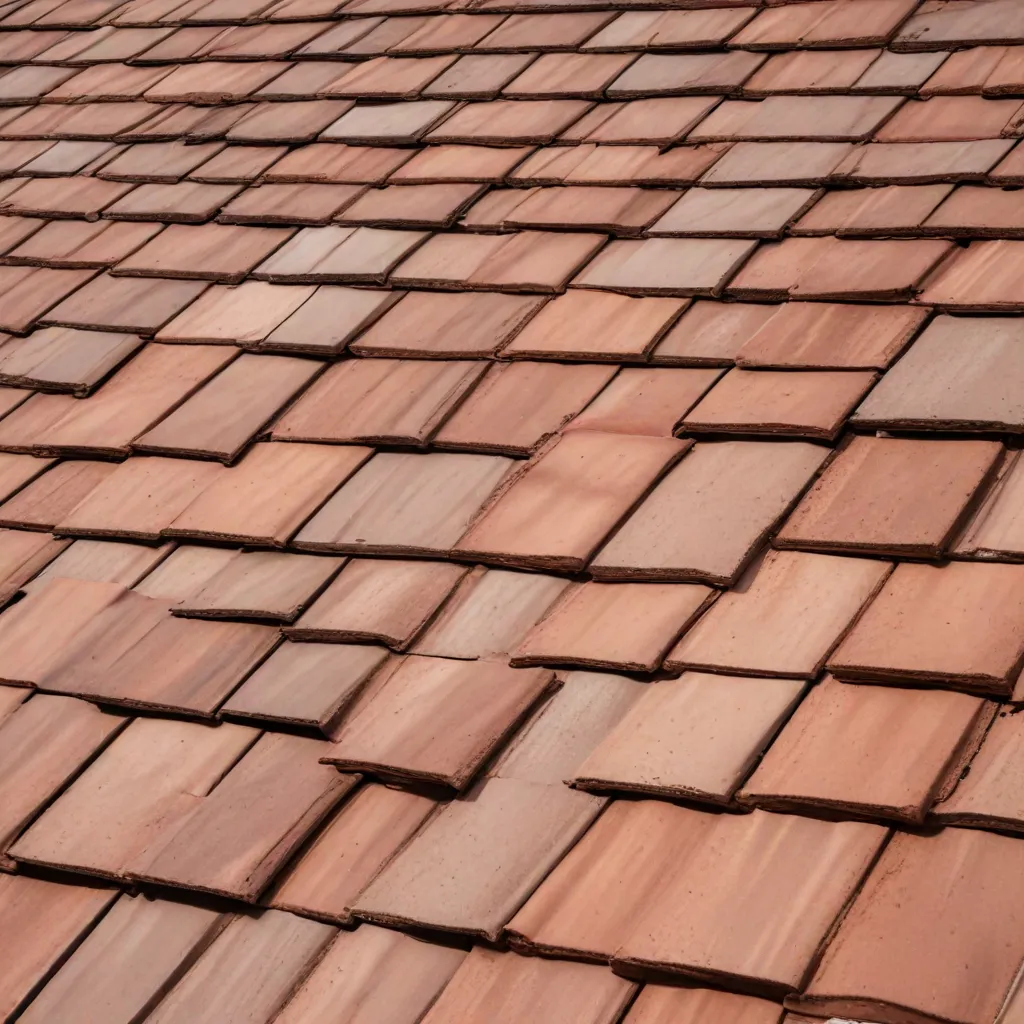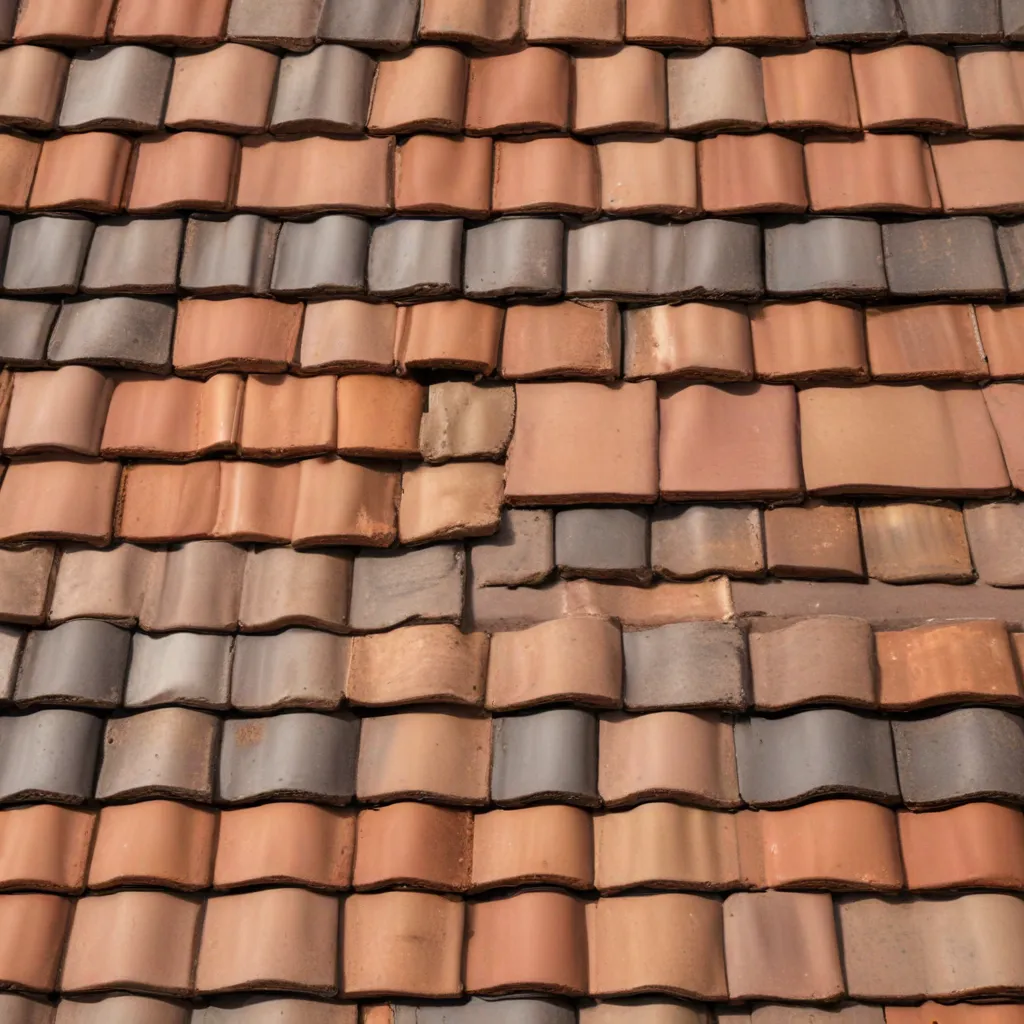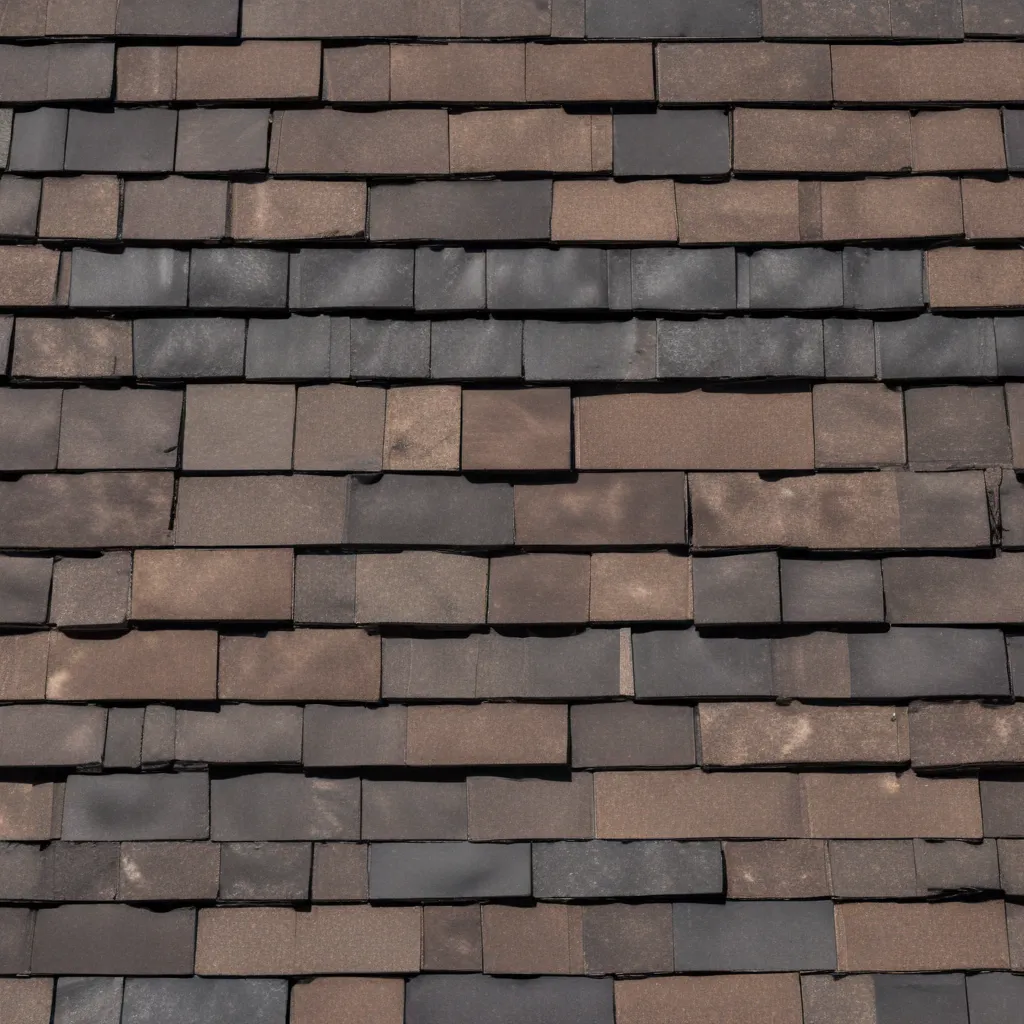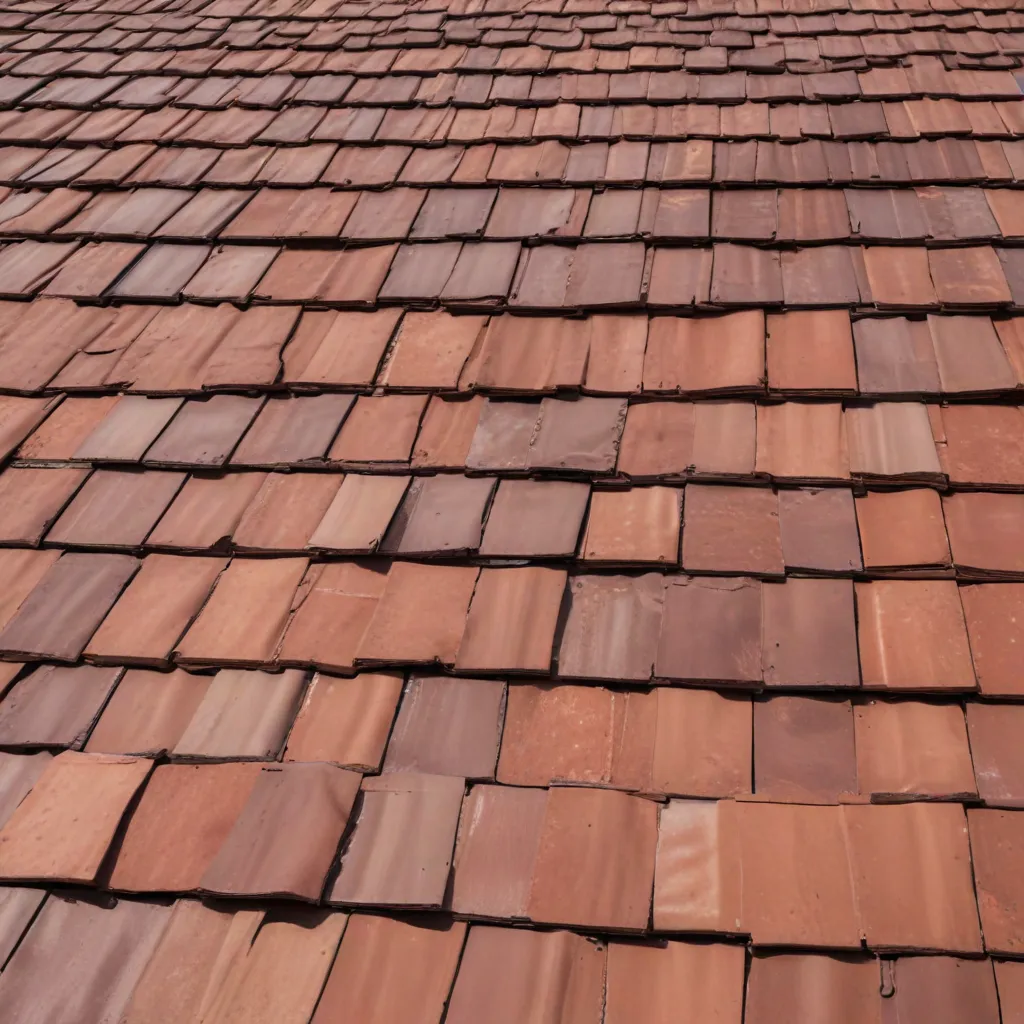A cool roof is a roofing system designed to reflect more sunlight and absorb less heat than a standard roof. The objective of a cool roof is to reduce the amount of heat absorbed by a building, thereby decreasing the amount of energy required to cool the building. Cool roofs can be made from various materials, including metal, tile, and asphalt.
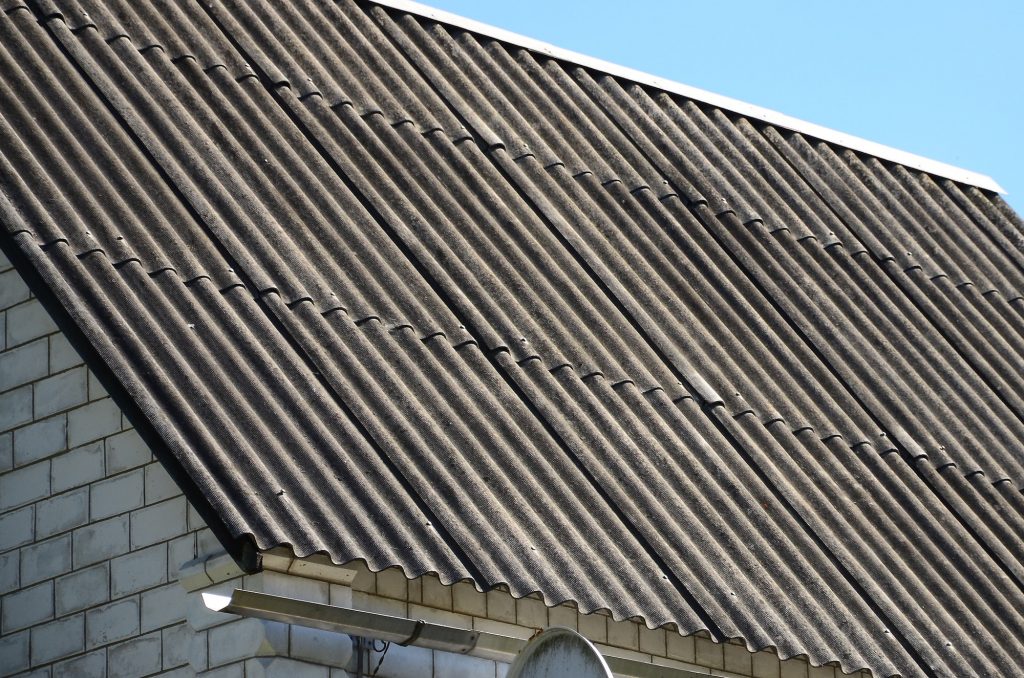
What is a Cool Roof?
A cool roof is a roofing system with a high solar reflectance, reflecting more sunlight and absorbing less heat than a standard roof. Solar reflectance is the amount of the sun that a surface reflects. The higher the solar reflectance, the less heat the surface absorbs, and the cooler the feeling remains.
Cool roofs can be made from various materials, including metal, tile, and asphalt. The colour of the top also plays a role in its ability to reflect sunlight. Light-coloured roofs are generally more reflective than dark-coloured roofs.
Benefits of a Cool Roof
There are several benefits to installing a cool roof on a building. These benefits include:
- Energy savings: By reducing the heat a building absorbs, a cool roof can decrease the energy required to cool the building. This can lead to lower energy bills and a more sustainable building.
- Improved indoor comfort: A cool roof can help keep a building cooler, improving indoor comfort for the building’s occupants.
- Reduced carbon footprint: By reducing the energy required to cool a building, a cool roof can also reduce the building’s carbon footprint.
- Increased roof lifespan: By reducing the amount of heat absorbed by a roof, a cool roof can also help to extend the roof’s lifespan.
- Enhanced appearance: A cool roof can also improve the appearance of a building. Light-coloured roofs are often more aesthetically pleasing than dark-coloured roofs.
Choosing the Right Cool Roof
When choosing a cool roof, it is essential to consider the following factors:
- Climate: The climate in which the building is located will play a role in determining the best type of cool roof. For example, a cool roof in a hot, sunny climate must be highly reflective to reduce heat absorption effectively.
- Building type: The type of building for which the cool roof is installed will also play a role in determining the best kind of cool roof. For example, a cool roof for a residential building will have different requirements than a cool roof for a commercial building.
- Budget: The budget for the excellent roof project will also play a role in determining the best type of cool roof. There are a variety of superior roof materials and systems available, and the cost of these materials and methods can vary.
- Local building codes: It is essential to check them before installing a cool roof. Some local building codes may have specific requirements for cool roofs, such as the material that can be used.
Conclusion
Cool roofs are a valuable investment for any building owner looking to reduce energy costs, improve indoor comfort, and reduce their carbon footprint. By reflecting more sunlight and absorbing less heat than a standard roof, a cool roof can provide many benefits, including lower energy bills, a more sustainable building, and an extended roof lifespan. When choosing a cool roof, it is essential to consider the climate, building type, budget, and local building codes. With the right cool roof, building owners can enjoy all of the benefits of this innovative roofing system.

